











Mileva Marić
Why do people think that she was
Einstein’s secret coworker?
Increasingly many people believe that Einstein’s first wife helped him write his famous papers of 1905. It would be an extraordinary story: famous physicist steals credit from his modest wife. Such a story, if true, would be of great interest to social historians, and it would serve as a vehicle for reaffirming the rights of women and for encouraging female students to study physics. In that sense, it’s a good story. But is it true?
I’d be glad to find that this story is actually true. But in researching and writing history one must be careful to avoid mixing hearsay and speculations with a fair analysis of the evidence. Yet some people rush to make claims about Mileva Marić by guessing about what might have been, what “must have been”, and by making the most out of the least. Thus the stories about Marić multiply.
My articles here explain how some people misrepresent historical evidence in order to make provocative hypotheses about Einstein and Marić.
Also, the web-link below leads to a video of conference talks about Mileva Marić, which were given by John Stachel, Alessandra Hool, and myself at the 2005 Einstein Year event in Bern, Switzerland. (Note: the video requires the RealPlayer application to work, and the talks begin only after the questions section of Scott Walter’s session on Poincaré.)
A. Martínez, “Handling Evidence in History: The Case of Einstein’s Wife,” School Science Review, Vol. 86, No. 316 (March 2005), pp. 49-56.


A. Martínez, “Arguing about Einstein’s Wife,” Physics World, Vol. 17, No. 4 (April 2004), p. 14.


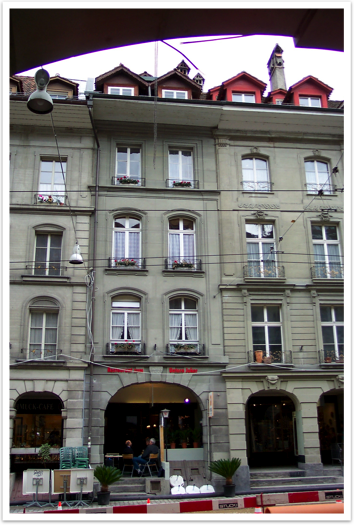

Second floor at 49 Kramgasse, Bern; where Albert and Mileva lived from 1903 until 1905.

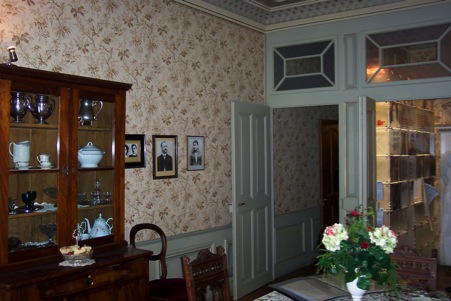





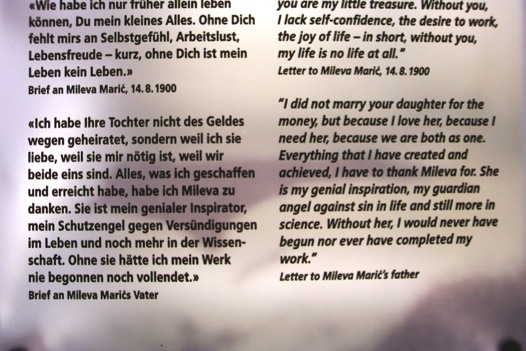

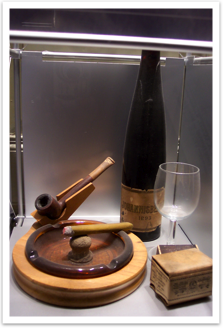
These words are displayed on plastic inside the Einsteins’ apartment at Kramgasse, which is privately owned as a small museum. Note, however, that really there is no such letter to Einstein’s father-in-law. The words are cited from a biography of Maric (from 1969) by Desanka Trbuhovic-Gjuric, who claimed that Maric’s relatives claimed to have heard Maric’s father claim to have been told that by Einstein.

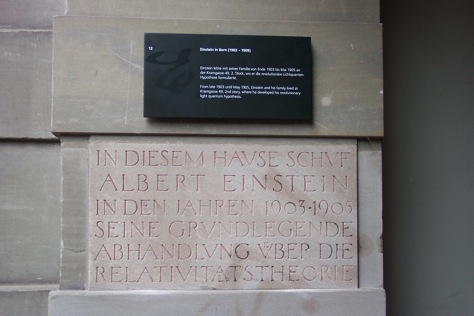

Stone etching claims that Einstein wrote his relativity paper at 49 Kramgasse. Actually, this was where he conceived the relativity of simultaneity, but he wrote the paper at 28 Besenscheuerweg (demolished, now Tscharnerstrasse).


And for more recent and detailed analyses of the Marić and Einstein business, see the writings of Allen Esterson

